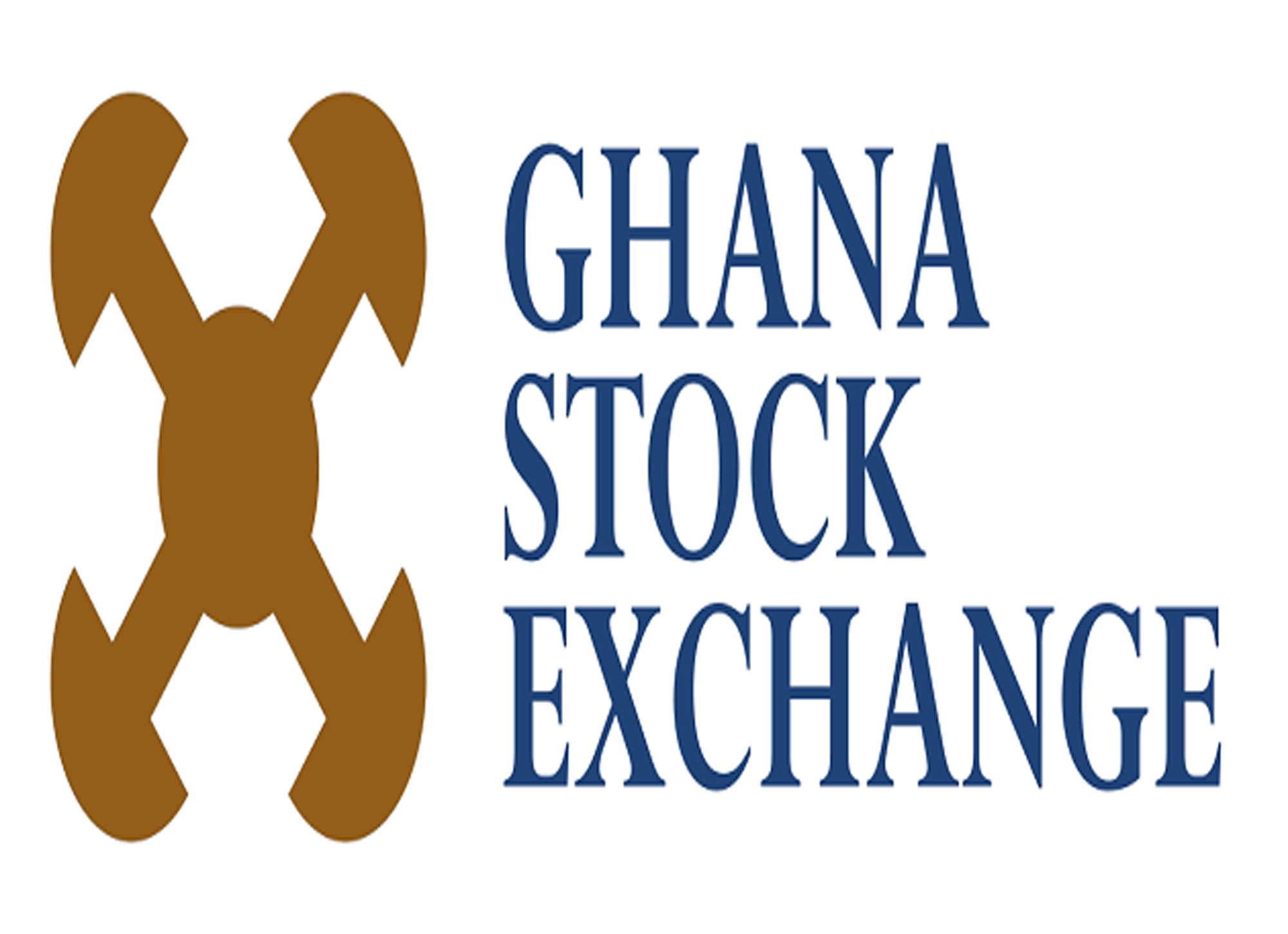Stock buybacks refer to the repurchasing of shares of stock by the company that issued them. Essentially, a buyback occurs when the issuing company pays shareholders the market value per share and re-absorbs that portion of its ownership that was previously distributed among public and private investors.
Since companies raise equity capital through the sale of common and preferred shares, it may seem counter-intuitive that a business might choose to give that money back.
However, there are numerous reasons why it may be beneficial to a business to repurchase its shares, including ownership consolidation, undervaluation, and boosting financial ratios.
Each share of common stock represents a small stake in the ownership of the issuing company, including the right to vote on company policy and financial decisions. If a business has a managing owner and one million shareholders, it actually has 1,000,001 owners.
Companies issue shares to raise equity capital to fund expansion, but if there are no potential growth opportunities in sight, holding on to all that unused equity funding means sharing ownership for no good reason.
Illustration of the crisis concept with a businessman in panic
Shareholders demand returns on their investments in the form of dividends which is a cost of equity – so the business is essentially paying for the privilege of accessing funds it isn’t using.
Buying back some or all of the outstanding shares can be a simple way to pay off investors and reduce the overall cost of capital.
For this reason, Walt Disney (DIS), USA, reduced its number of outstanding shares in the market by buying back 73.8 million shares valued at $7.5 billion in 2016.
Another major reason why businesses repurchase their own shares is to take advantage of undervaluation. Stock can be undervalued for a number of reasons, often due to investors’ inability to see past a business’ short-term performance or sensationalist news items.
buyback
If a stock is dramatically undervalued, the issuing company can repurchase some of its shares at this reduced price and then re-issue them once the market has corrected, thereby increasing its equity capital without issuing any additional shares.
For example, assume a company issues 100,000 shares at GHC25 per share, raising GHC2.5 million in equity. An ill-timed news item questioning the company’s leadership ethics causes panicked shareholders begin to sell, driving the price down to GHC15 per share.
The company decides to repurchase 50,000 shares at GHC15 per share for a total outlay of GHC750,000 and wait out the frenzy.
The business remains profitable and launches a new and exciting product line the following quarter, driving the price up past the issuing price to GHC35 per share. After regaining its popularity, the company reissues the 50,000 shares at the new market price for a total capital influx of GHC1.75 million. Because of the brief undervaluation of its stock, the company was able to turn GHC2.5 million in equity into GHC3.5 million without further diluting ownership by issuing additional shares.
Buying back stock can also be an easy way to make a business look more attractive to investors. By reducing the number of outstanding shares, a company’s earnings per share (EPS) ratio is automatically increased.
In addition, short-term investors often look to make quick money by investing in a company right before a scheduled buyback. The rapid influx of investors artificially inflates the stock’s valuation and boosts the company’s price to earnings ratio (P/E).
Author: Sam Bediako-Asante || Financial Analyst









